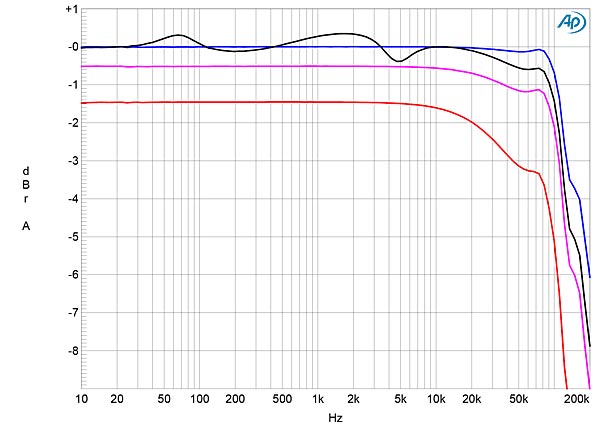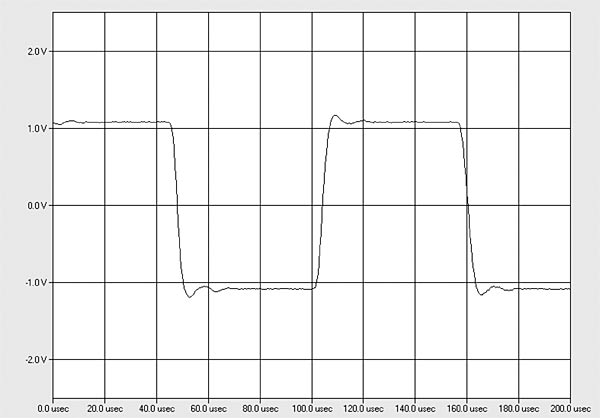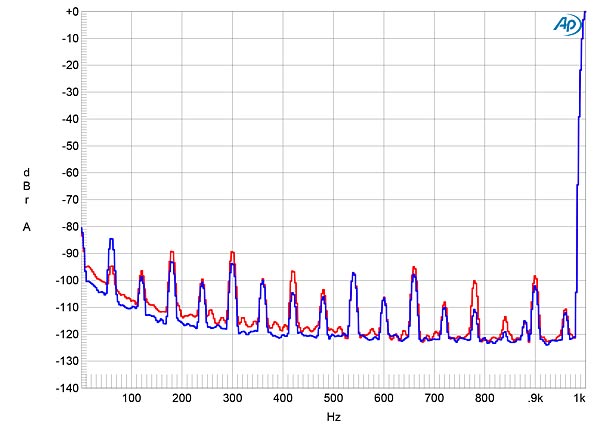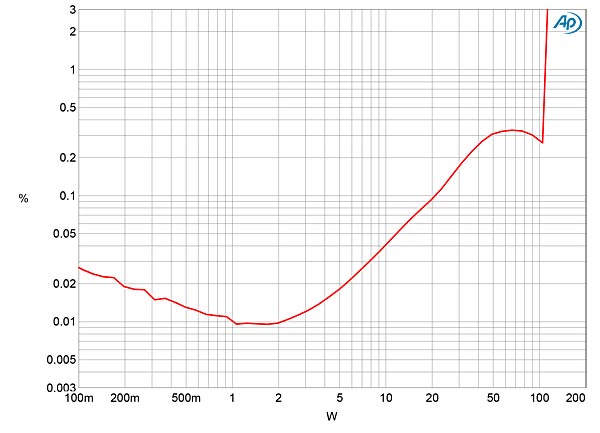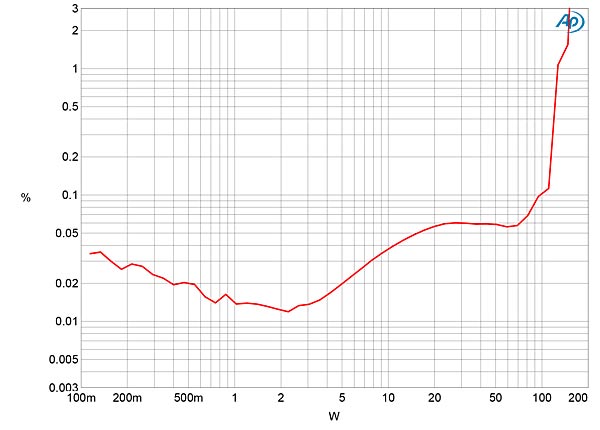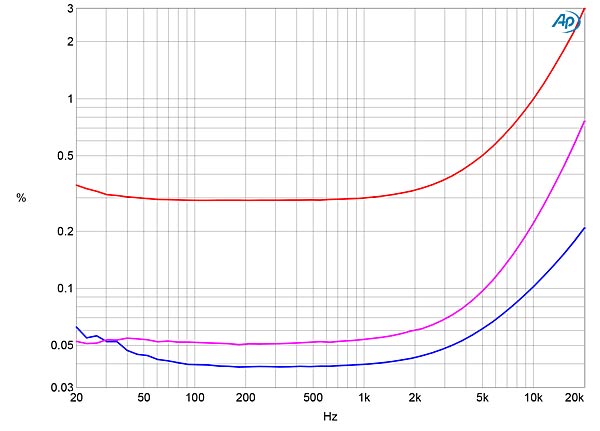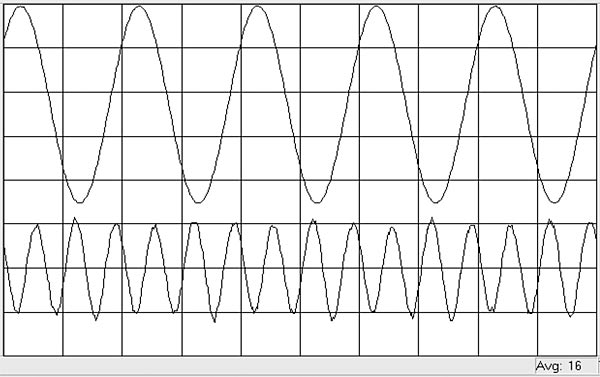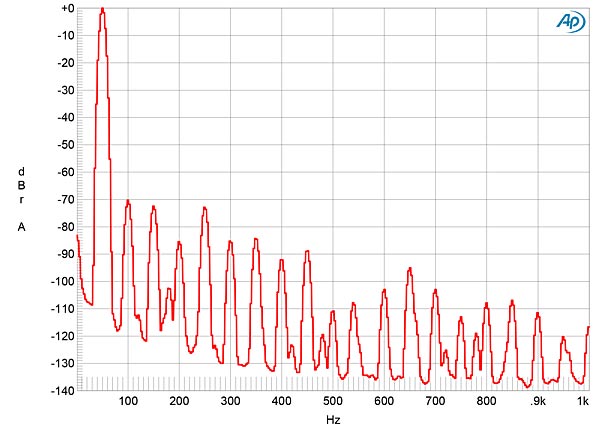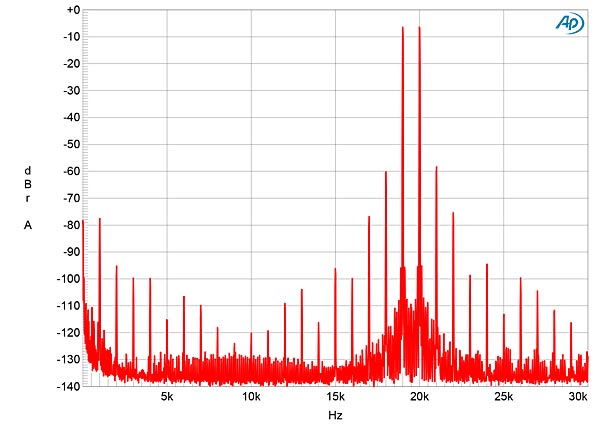| Columns Retired Columns & Blogs |
JA1, I always enjoy reading your measurements page(s), and I have one suggestion for measurements of any amplifier using an output transformer. You are probably well aware that at some combination of lower frequency and higher current the transformer core will begin to saturate and 3rd order harmonic distortion will significantly rise. My suggestion would be to include measurement(s) that better explore the high pass corner of the full power bandwith. That is intended as suggestion, and not any negative criticism of the measurements, explanations and other commentary you are already providing, all worthwhile. Thanks for what you do.
